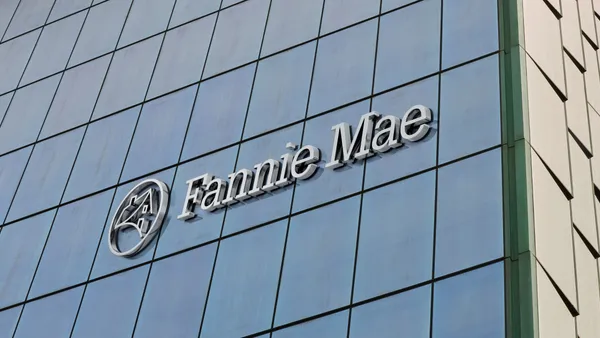The highly controversial CPUC (California Public Utilities Commission) NEM 3.0 proceedings began in early 2021, and have been ongoing ever since. The Commission recently released its new proposed decision (PD) and voted on it December 15, 2022. It set out to revise the Net Energy Metering (NEM) tariff, which is the key policy allowing customers to install and monetize solar panels. One of the sub-tariffs, Virtual Net Energy Metering (VNEM), was included in the PD and several consequential changes were being proposed that would impact the compensation mechanism for clean energy projects at multifamily properties. Ivy Energy, a shared solar software provider saw the lack of advocacy for VNEM solar projects and actively joined the proceeding, exclusively representing the multifamily customer class.
Advocacy for Multifamily Owners and Residents
Ivy’s policy team reviewed the initial stakeholder comments and found that the multifamily market was severely underrepresented. Furthermore, the CPUC’s initial analysis and proposal did not specifically study the impact on multifamily properties, yet was anticipating to change the entire program based on data strictly originating from the single-family home market. VNEM multifamily solar projects account for 1% of the live California solar projects. This was both eye-opening and alarming to see, as apartments and multifamily buildings have not seen the same level of market adoption of solar as single-family residential and have different challenges and opportunities. Changing the VNEM tariff without robust analysis would have had consequences on future market growth opportunities and the ability of multifamily owners to invest in solar. With the long-term impact in mind, Ivy stepped up huge with policy leadership to advocate for multifamily buildings in California’s solar transition.
Ivy’s Requests to the CPUC
One of the key requests they made to the CPUC was to allow VNEM for multifamily buildings to reach the same adoption capacity threshold as residential NEM before transitioning to a successor tariff to ensure equity between renters and homeowners. Ivy highlighted the tremendous opportunity to improve equity outcomes in NEM by expanding VNEM to reach more renting communities and presented key evidence in the proceeding that multifamily buildings could be significant assets to the electric grid.
A key component to Ivy's advocacy was to ensure that the Commission truly understood the physical benefits that multifamily buildings could provide to the grid and dispute false claims by the investor owned utilities that VNEM systems do not serve onsite load. Ivy was successful in helping the commission understand the physics behind VNEM and that solar does, in fact, reduce load and demand at a property to the benefit of the electric grid. Even the investor owned utilities who meter VNEM systems as 100% export did not dispute this fact put on the record. This point was crucial to the underlying structure that enables apartment owners to monetize VNEM systems now and in the future.
Massive Win For Multifamily Solar Adoption
The commission agreed with the advocacy efforts that VNEM and the multifamily customer class were not sufficiently studied enough to make any changes at this time. For the time being, VNEM and NEMA tariffs are fully retained with the following caveats. The commission has determined that customers who apply for VNEM before April 15th will have 20 years of guaranteed NEM 2.0 compensation and any project after that will have 9 years of NEM 2.0 compensation before transitioning to a future tariff that will be determined from a multifamily specific workshop in 2023. This provides a large window of opportunity with highly attractive compensation rates for the multifamily segment.
The multifamily solar industry is about 10 years behind that of the residential solar market. The commission's decision to conduct a workshop that evaluates the challenges and opportunities that face the multifamily solar market specifically and not rush a decision is a highly equitable outcome.
This decision has the potential to enable mass adoption of onsite shared solar systems and plays a critical part in helping California reach its equity and decarbonization goals. According to Ivy Energy, If the multifamily segment uses this opportunity to catch up to the SFR market and 10% of the savings are passed through to renting residents, it will create an estimated $10B in private real estate market value add, over $700M in savings to renters over the next 9 years while also removing 2.06M metric tons of C02.
Forward Looking Comments from Ivy Energy’s Co-Founder & CEO.
“Looking forward, based on this decision, property owners and developers leveraging our split incentive solution will have flexibility to add NOI growth with DER investments without the need to increase rent. This effect could slow rent increases in California and help with housing affordability. Renting residents will continue to gain access to clean energy benefits and be able to align their energy usage with onsite renewables. I’ll also importantly note that utility VNEM administration and basic multi-family account functions are not ready for the growth that is about to occur. Utilities will need to pay attention to their IT processes that are well funded by taxpayers and be held accountable by the commission for delays that their lack of oversight causes.” - Dover Janis, CEO Ivy Energy








